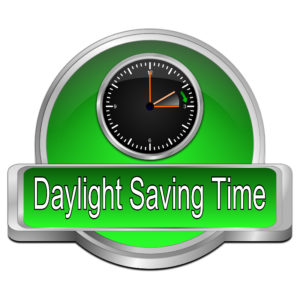
Photo credit: iStock.com/wwwebmeister
Here in B.C., we turn the clocks ahead one hour at 2:00 a.m. on Sunday, March 12. This marks the start of 2017 Daylight Savings Time, giving us an extra hour of sunlight at the end of the day. This practice of moving the clocks ahead was adopted in 1916 and not everyone is in favour of it. In fact, I’ve seen quite a few articles about people who want to stop it.
In New Mexico, for example, lawmakers voted in a bill that would end springing forward and falling back. One reason for it is to “cut down on health problems and car accidents caused by people trying to adjust to the time change.”
A number of articles — like Daylight savings increases car crash risk — warn that the time change can affect sleeping habits and lead to accidents.
A similar thing happens when the clocks go back an hour in the fall. I wrote about this in my post Take extra care when Daylight Savings Time ends November 6, which you will see has a very similar headline to this post you are reading right now.
Driver fatigue — at any time of year — is a leading cause of vehicle crashes, “right up there with distractions, speed and impairment,” reads Fatigue Basics from the Road Safety at Work team. Incidentally, here in B.C. it’s Road Safety at Work Week (March 6 to 10). This annual event focuses on key aspects of driving at work and reminds employers, managers, and supervisors about tools, resources, and online courses for supporting drivers’ safety.
Running lights are not tail lights
One last thought on road safety. I’ve noticed that many people appear not to realize that when you drive with your running lights on, you don’t have any tail lights — and this is a dangerous thing in the dark. Apparently some newer vehicles’ dashboards light up regardless of whether you have turned on your headlights (and thus your tail lights).
When I was growing up, if you flickered your high beams at another vehicle, the driver understood that either there was a radar trap nearby, or their lights weren’t on (or maybe just one was broken, etc. — it was a signal to check your lights, either way). Nowadays a lot of drivers seem oblivious to all this, so let’s keep it in mind and spread the word.


